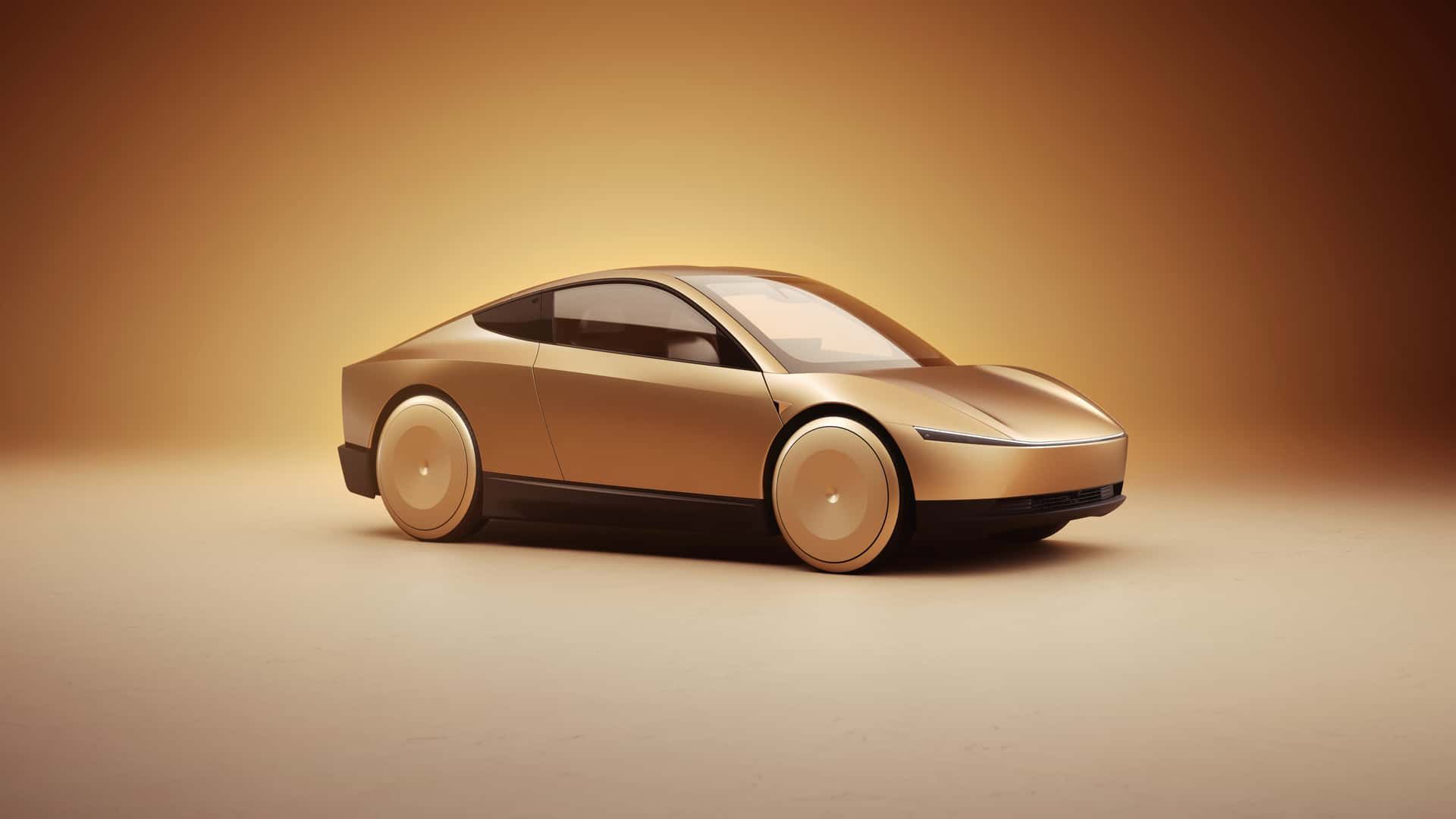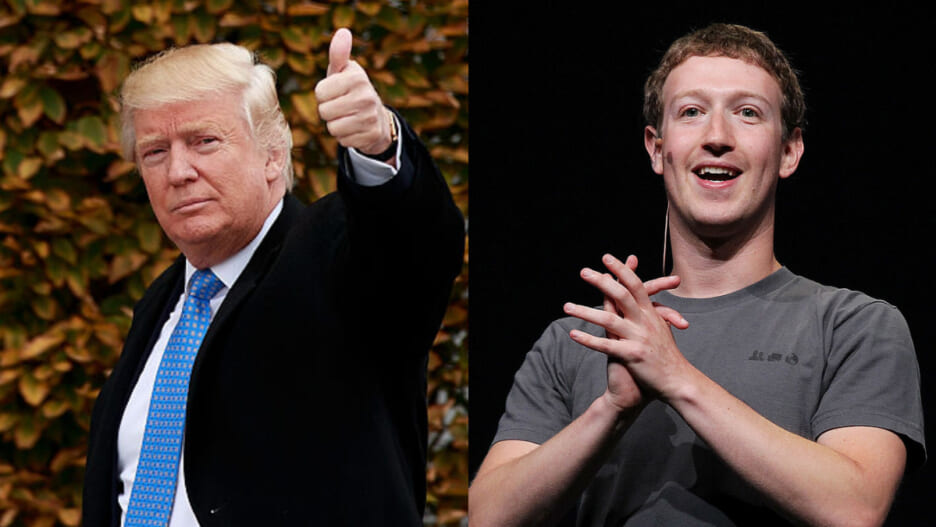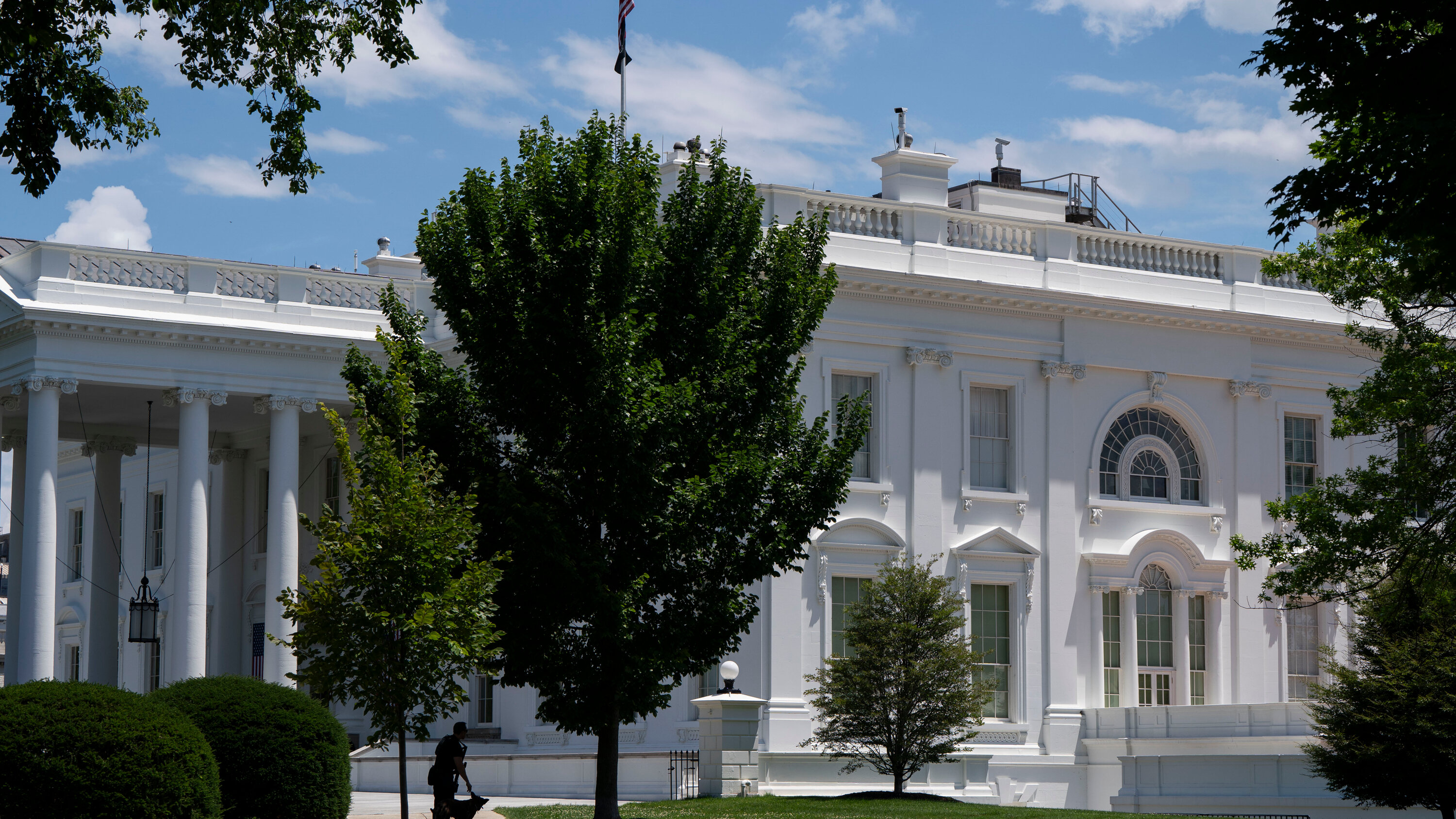Elon Musk's Robotaxi: Hype Vs. Reality

Table of Contents
- The Hype: Elon Musk's Promises and Predictions
- Projected Timeline and Deployment
- Technological Advantages Claimed
- The Economic Potential
- The Reality: Current Technological and Regulatory Hurdles
- Safety Concerns and Accidents
- Regulatory Landscape and Legal Challenges
- Technological Limitations
- The Future of Elon Musk's Robotaxi Vision: A Realistic Outlook
- Potential for Success
- Challenges that Need Addressing
- Alternative Scenarios
- Conclusion
The Hype: Elon Musk's Promises and Predictions
Elon Musk has consistently painted a picture of a near-future dominated by Tesla robotaxis. This vision, heavily fueled by marketing and public pronouncements, has created significant excitement and high investor expectations. However, analyzing the timeline and technological claims reveals a considerable gap between the hype and current capabilities.
Projected Timeline and Deployment
- 2019: Musk initially predicted a large-scale robotaxi deployment by 2020.
- 2020-2023: Subsequent predictions pushed the timeline further into the future, with no concrete launch date currently set.
- Investor Impact: These missed deadlines have impacted investor confidence, although Tesla's stock remains resilient due to other factors.
The disparity between Musk's initial projections and the current lack of widespread robotaxi deployment raises questions about the feasibility of his vision in the near term. The impact on investor expectations and the overall market perception of the Tesla robotaxi project are significant.
Technological Advantages Claimed
Musk and Tesla highlight several key technological features as the foundation for their robotaxi ambitions:
- Full Self-Driving (FSD) Capability: Tesla's FSD software is presented as the core technology enabling autonomous driving.
- Advanced Sensor Technology: A sophisticated array of cameras, radar, and ultrasonic sensors is claimed to provide superior environmental awareness.
- AI Algorithms: Powerful artificial intelligence algorithms are touted for their ability to process vast amounts of data and make real-time driving decisions.
However, critics point to limitations in these technologies. FSD, despite its name, requires significant human oversight, and its capabilities in complex or unpredictable situations remain questionable. The reliability of sensor data in adverse weather conditions also poses a significant challenge.
The Economic Potential
Musk envisions a future where robotaxis revolutionize transportation, offering:
- Reduced Transportation Costs: Lower operating costs compared to human-driven taxis.
- Increased Efficiency: Optimized routes and reduced traffic congestion.
- Enhanced Accessibility: Wider access to transportation for those who cannot drive themselves.
While the economic potential is significant, several factors could hinder its realization: intense competition from established players, high initial investment costs, and the potential for job displacement in the taxi industry. The economic impact of robotaxis remains a topic of intense debate.
The Reality: Current Technological and Regulatory Hurdles
Despite the hype, several significant challenges stand in the way of widespread robotaxi adoption.
Safety Concerns and Accidents
The safety of autonomous vehicles is paramount. While Tesla's FSD has improved over time, reported incidents involving the system highlight ongoing safety concerns:
- Several accidents have been linked to the FSD system, raising questions about its reliability in critical situations.
- Regulatory investigations into these incidents are underway.
- Statistical data comparing the safety of autonomous vehicles to human-driven vehicles is still limited and inconclusive.
These incidents underscore the need for rigorous testing and continuous improvement before large-scale robotaxi deployment can be considered safe.
Regulatory Landscape and Legal Challenges
The regulatory environment surrounding self-driving cars is complex and varies significantly across jurisdictions:
- Different states and countries have adopted different regulations regarding the testing and deployment of autonomous vehicles.
- Liability in case of accidents involving autonomous vehicles remains a significant legal challenge.
- The legal framework for operating robotaxis at scale is still evolving.
Navigating this complex regulatory landscape is a major hurdle for Tesla and other autonomous vehicle developers.
Technological Limitations
Despite advancements, current autonomous vehicle technology still has several limitations:
- Challenging Weather Conditions: Rain, snow, and fog can significantly impair sensor performance.
- Complex Traffic Scenarios: Navigating dense urban environments with unpredictable pedestrian and cyclist behavior remains a challenge.
- Unforeseen Events: Autonomous vehicles struggle to react appropriately to unexpected events, such as sudden road closures or unusual objects in the road.
These technological limitations require further research and development before full autonomy can be safely achieved.
The Future of Elon Musk's Robotaxi Vision: A Realistic Outlook
Predicting the future of Elon Musk's robotaxi vision requires careful consideration of both potential successes and persistent challenges.
Potential for Success
Several factors could contribute to the eventual success of robotaxis:
- Advancements in Sensor Technology: Improved sensors and data fusion techniques could enhance environmental perception.
- AI Algorithm Refinement: More robust and adaptable AI algorithms are essential for handling complex driving scenarios.
- Favorable Regulatory Environments: Clearer and more consistent regulations could facilitate faster deployment.
However, these advancements need to be coupled with substantial improvements in safety and public acceptance.
Challenges that Need Addressing
Significant challenges remain:
- Ensuring Safety: Demonstrating consistent and verifiable safety is crucial for gaining public trust.
- Addressing Ethical Dilemmas: Developing ethical guidelines for autonomous vehicle decision-making in unavoidable accident scenarios is crucial.
- Overcoming Public Acceptance: Addressing public concerns about safety and job displacement is critical for widespread adoption.
Addressing these challenges requires collaboration between technology developers, policymakers, and the public.
Alternative Scenarios
Alternative scenarios to Musk's vision include:
- Slower than Expected Adoption: Widespread robotaxi deployment might take longer than currently projected.
- Market Dominance by Other Companies: Competition from other autonomous vehicle developers could lead to a different market landscape.
- Niche Applications First: Robotaxis might initially find success in specific, controlled environments before broader adoption.
The future of robotaxis is uncertain, and several factors will influence its trajectory.
Conclusion
The reality of Elon Musk's Robotaxi vision is far more nuanced than the hype suggests. While the potential benefits of autonomous vehicle technology are significant, significant technological and regulatory hurdles remain. The gap between Elon Musk's optimistic predictions and the current state of self-driving car technology highlights the complexity of this rapidly evolving field. Key takeaways include the importance of prioritizing safety, addressing ethical concerns, and acknowledging the limitations of current technology. To form your own informed opinion on this pivotal technological development, continue researching the topic of Elon Musk's Robotaxi and the broader landscape of self-driving car technology. Explore resources from independent research organizations, governmental agencies, and industry experts to gain a comprehensive understanding of the future of robotaxis and autonomous vehicles.

 Manalapan Floridas Next Palm Beach The Super Rich Influx
Manalapan Floridas Next Palm Beach The Super Rich Influx
 2025 Grammys Olivia Rodrigos Signature Style On Full Display
2025 Grammys Olivia Rodrigos Signature Style On Full Display
 The Catholic Church At A Crossroads Cardinals Clash Over Future Direction
The Catholic Church At A Crossroads Cardinals Clash Over Future Direction
 Zuckerberg And The Trump Administration A New Era For Facebook
Zuckerberg And The Trump Administration A New Era For Facebook
 White House Cocaine Incident Secret Service Announces End Of Investigation
White House Cocaine Incident Secret Service Announces End Of Investigation
